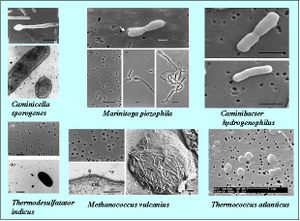Candida albicans
Classification
Eukaryota; Opisthokonta; Fungi; Dikarya; Ascomycota; Saccharomycetes; Saccharomycetales; Saccharomycetaceae
Candida albicans
Description and Significance
C. albicans is a diploid fungus populating the human body, inhabiting 80% of everyone's intestinal tract, colon, and mouth with no problems. It is unusual in that it is polymorphic, meaning it can grow as both a yeast and as filamentous cells. It is a popular cause of oral and vaginal infections, but is easily treated with common anti-fungals in people who are not immunocompromised.
Give a brief description of the microorganism and explain why you think it is important. How does it relate to the other organisms in its phylum (bacteria and fungi) or group (archaea, virus, protist). Use the following for each reference in text (change number accordingly)--> [1]
Structure, Metabolism, and Life Cycle
C. albicans can take on either a unicellular (yeast) or multicellular (hyphae, pseudohyphae) form.
Interesting features of its structure; how it gains energy (how it replicates, if virus); what important molecules it produces (if any), does it have an interesting life cycle?
Ecology and Pathogenesis
This microbe is found naturally in the human body, primarily in the intestines, colon, and mouth. It is normally commensal of humans but can be pathogenic if a person's immunity is lowered or there is a change in natural flora or physiology. It mostly attacks the skin or mucosae, but can also invade the lungs, blood, or heart in extreme episodes. Fluconazole is a popular treatment for systemic, oral, or vaginal infections; OTC treatments can also be used. Amphoterican B, applied intraveneously, is given to those with a severely weakened immune system [1].
Natural habitat (soil, water, commensal of humans or animals?)
If relevant, how does this organism cause disease? Human, animal, or plant hosts? Important virulence factors, as well as patient symptoms.
References
[1] University of Maryland Medical Center, http://umm.edu/health/medical/altmed/condition/candidiasis
[1] EXAMPLE ONLY. REPLACE WITH YOUR REFERENCES. Takai, K., Sugai, A., Itoh, T., and Horikoshi, K. 2000. "Palaeococcus ferrophilus gen. nov., sp. nov., a barophilic, hyperthermophilic archaeon from a deep-sea hydrothermal vent chimney". International Journal of Systematic and Evolutionary Microbiology. 50: 489-500. http://ijs.sgmjournals.org/cgi/reprint/50/2/489
Author
Page authored by Scott Foss, student of Mandy Brosnahan, Instructor at the University of Minnesota-Twin Cities, MICB 3301/3303: Biology of Microorganisms.

